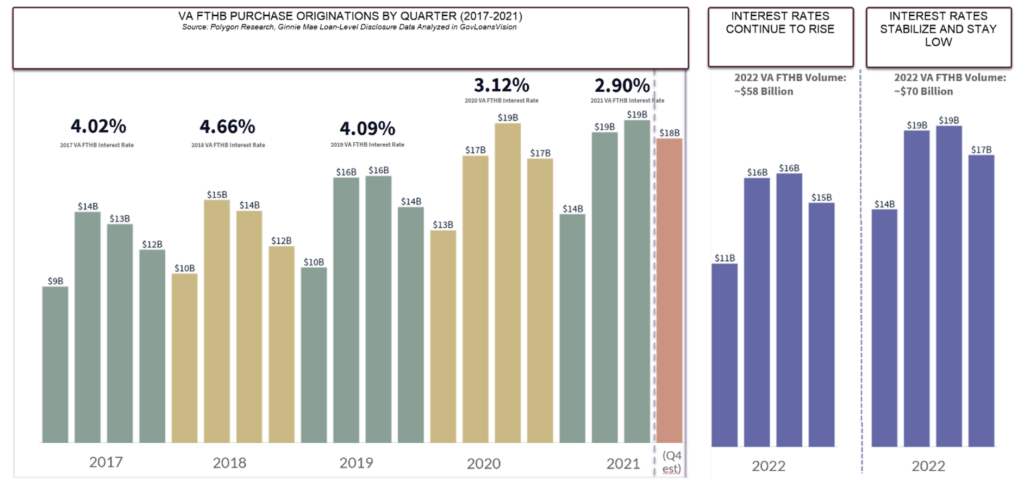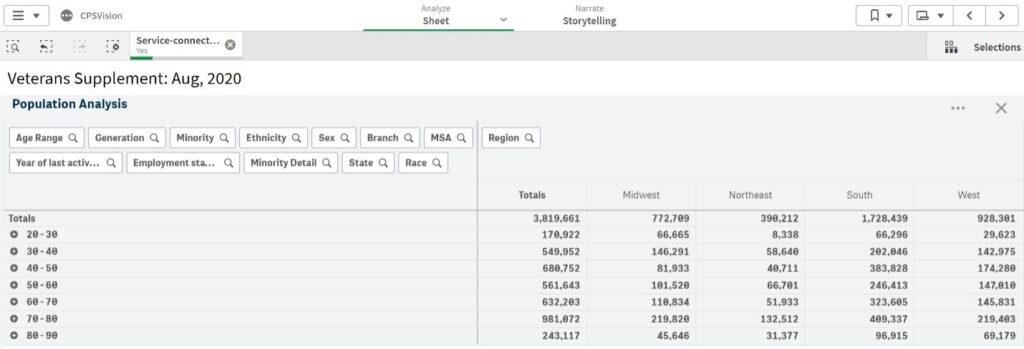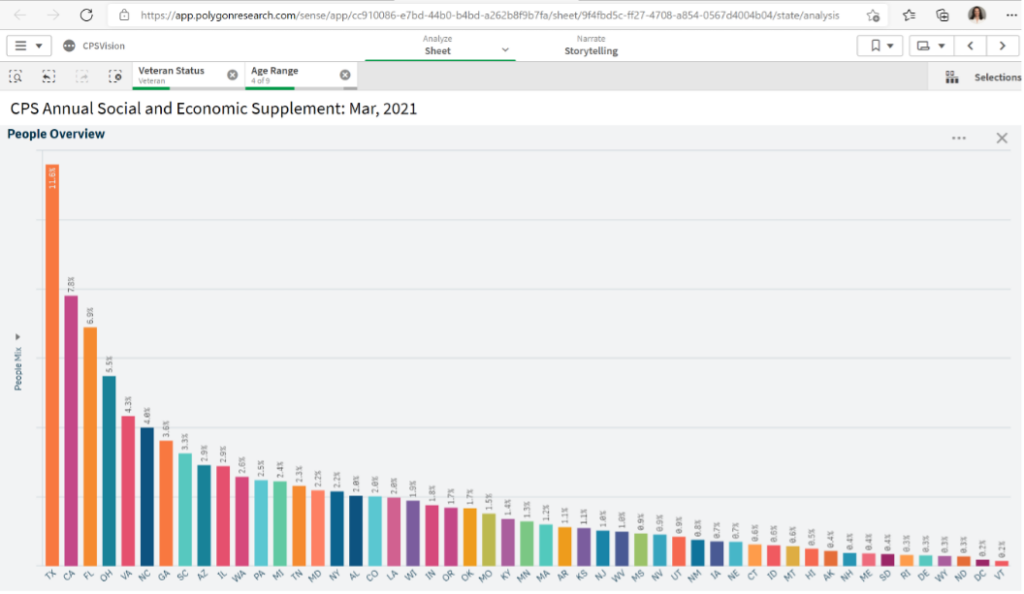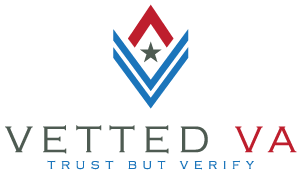VA First-Time Homebuyers in the Market
The VA loan is an important financing tool for VA-eligible borrowers to achieve their homeownership dream. In 2021 one in two VA borrowers was a VA first-time homebuyers (FTHB).
Last year, mortgage interest rates reached record lows. The average VA FTHB’s interest rate was 2.90% and the quarterly FTHB VA purchase loan volume stayed elevated. In Q3’2021 it reached a record level of over $19 Billion for that quarter, $174 Million higher than Q3 2020. And since 2017, VA purchase loans helped roughly 200,000-230,000 VA-eligible first-time homebuyers per year become homeowners. This translates into an average of $56 Billion in mortgage originations per year. In 2021, the VA FTHB segment reached an estimated $69 Billion (source: Ginnie Mae loan-level disclosure data updated through January 2022, analyzed in GovLoansVision).
So, what do we think 2022 will look like for the VA FTHB borrowers?
Our scratch pad calculations tell us that if interest rates continue to climb, we might see a lower VA FTHB volume of around $58 Billion in 2022. On the other hand, if rates stabilize and stay in the low to mid 3’s, we might see the VA FTHB purchase volume at $70 Billion in 2022.
Figure 1: VA FTHB Purchase Originations Forecast

Source: Polygon Research. Forecasts are updated monthly.
What is the Size of the VA Borrower Addressable Market?
VA FTHB borrowers will mostly come from the U.S. Veteran population (with the rest from current service members and eligible veteran family members). The U.S. Veteran population stood at 18.44 Million in 2020 with a median age of 68 years old, according to CPS Veteran Supplement (2020), analyzed by Polygon Research in CPSVision. To narrow the sizing of the VA Borrower Addressable Market, we investigate 2 subsegments: Veterans with service-related disability and Veterans 50 years old or younger.
In 2020 3.82 million veterans had a service-connected disability, making them eligible for a wide range of benefits, including waiver of VA funding fee on a mortgage loan. Figure 2 provides a breakdown of these veterans by age range and location.
Figure 2: Veterans with Service-Connected Disability by Age Range and Geography (Region)

Source: Polygon Research, CPSVision, Veterans Supplement August 2020
Loan originators can educate themselves about the veterans with service-related disabilities in their communities and markets and look for opportunities to provide high-quality education and financing in an efficient and transparent manner. Vetted VA continuously sets the bar high for coaching loan originators in VA lending and serving veterans.
Broadening the scope to include all veterans within a certain age range regardless of disability status, we estimate that about 4 million veterans are under the age of 50, with a median household income of $91,400 according to March 2021 ASEC. (source: Polygon Research, CPSVision).
Figure 3: Distribution of Veterans 50 Years-Old or Younger by State

Source: Polygon Research, CPSVision, ASEC March 2021
This statistical distribution of Veterans (50-years or younger) by the state in Figure 3 closely follows the VA FTHB purchase mortgage originations data found in the Ginnie Mae loan-level disclosure data. The top 5 states Veterans who were first-time home buyers and used VA purchase loans to buy homes were TX, FL, VA, CA, and NC – Figure 4.
Figure 4: Top 5 States by Number of VA FTHB Borrowers
 Source: Polygon Research, GovLoansVision updated through January 2022
Source: Polygon Research, GovLoansVision updated through January 2022
What was the credit profile of VA First-Time Home Buyers?
In 2021, the average VA first-time home buyer had a credit score of 710, DTI of 40%, borrowed 99% LTV loans of $319k at 2.90% (see Figure 5). VA FTHB borrowers had higher credit scores and lower DTI than FHA FTHB borrowers. In the Vetted VA community, as a controlled sample, the average VA purchase borrower (both FTHB and repeat) had a credit score of 717 and a DTI of 40.7% and borrowed 98% LTV loans of $394k at 2.69%.
Figure 5: 2021 Fist-Time Home Buyer Purchase Originations

Source: Polygon Research, GovLoansVision, updated through January 2022
Given the good creditworthiness of VA borrowers, and especially first-time homebuyers, and given the size of the VA FTHB lending market – an estimated $58B to $70B – loan originators and companies may find VA lending as an excellent business opportunity in 2022. But with this opportunity comes great responsibility – providing the highest service to our Active Duty, Veterans, and their spouses, and protecting them from abusive lending practices. Understanding the VA-eligible borrower and understanding the financing tools to serve their credit needs is not only an ethical thing to do but also a necessary professional skill in order to achieve scale and profitability. Vetted VA has a large community of realtors, loan originators, and consumers to support and grow successful relationships between realtors, lenders, brokers, and consumers. Reach out to Christopher Griffith or Nathan Knottingham for more information.
About:
Vetted VA: Vetted VA will use data to influence national policy while providing Veterans best of class national support system. Interest Rates, Fees, Options, Services, and Education make up the pillars of how we identify and provide Veteran consumers best of class-Vetted VA professionals. Vetted VA is also dedicated to providing veterans and service member spouses the resources they need to enter into a career in the mortgage industry. For more information: www.vettedva.com
Polygon Research: Polygon Research, Inc. is a mortgage data science company dedicated to creating better outcomes for lenders and borrowers through actionable insights. PRI is family-owned, serving the real estate finance industry since 2015. For more information: www.polygonresearch.com
Data:
- VA First-Time Home Buyer (FTHB) Borrower is the actual reported data found in Ginnie Mae loan-level disclosure data sets containing 800 million+ rows and modeled in GovLoansVision by Polygon Research.
- Veteran analysis is extracted from CPSVision, which includes monthly CPS data through December 2021, the ASEC of March 2021, and the Veteran Supplement of August 2020. Statistical records of 325+ million people and 127+ million households.
- Forecast are updated monthly.





